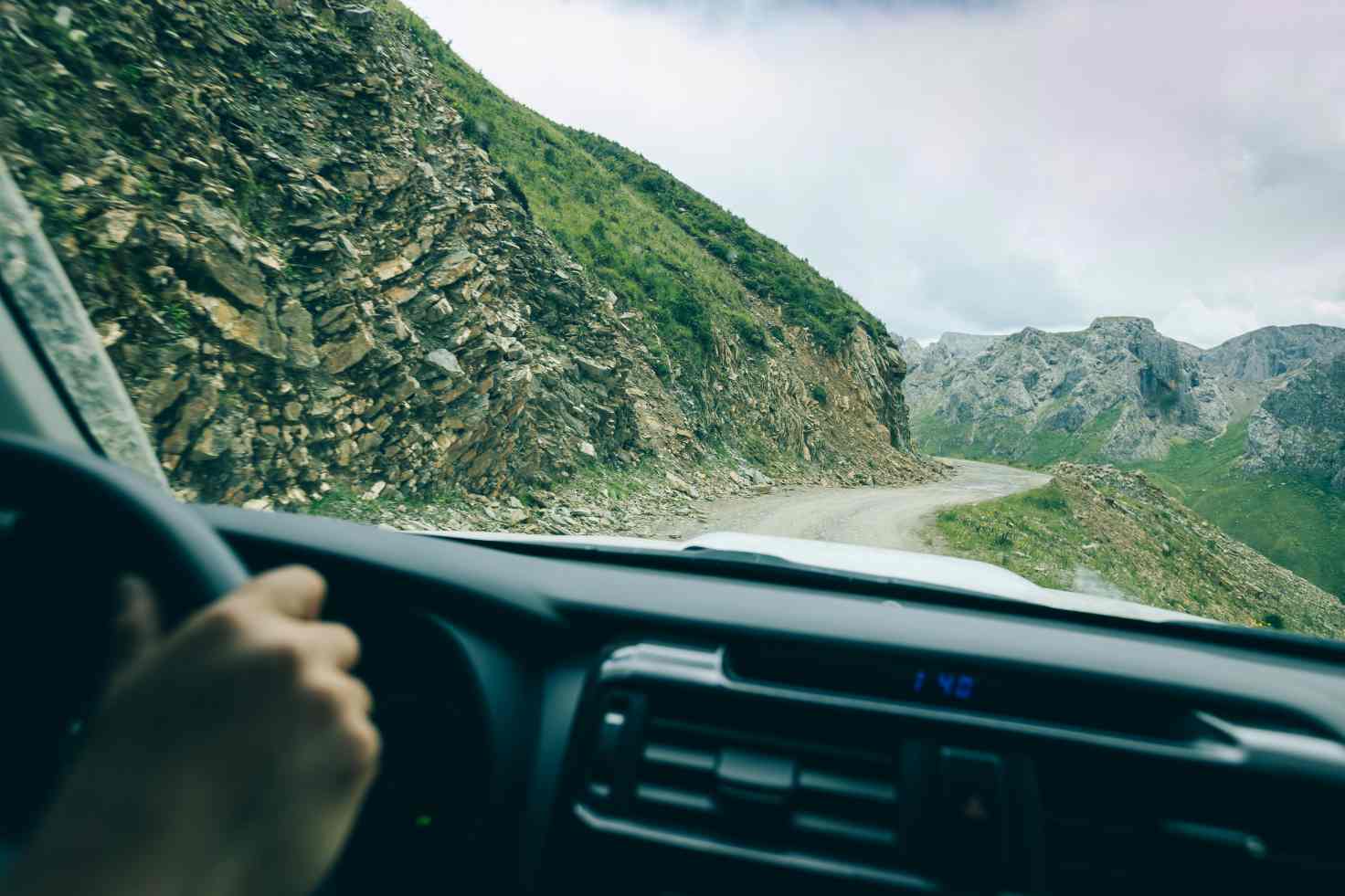9000+ Cashless Garages
96% Claims Settled (FY 24-25)

9000+ Cashless Garages
96% Claims Settled (FY 24-25)



Driving in the hills is a thrilling experience, but it also comes with its own challenges, which are quite different from driving on usual highways or in cities.
Knowing a few key things before driving in the hills is essential to ensuring your and everyone else’s safety on the road.
Continue reading for detailed information about driving a car in a hill station, what safety gear is essential, and much more!


Here are a few things to keep in mind to prepare your car for a hilly ride and enjoy a safe drive:
Here are a few necessary things to check before driving to a hill station:
Carrying a safety gear kit is necessary. The kit should include the following things:
When selecting a car to drive on the hill, you should consider the following things:
Usually, 4x4 SUV cars are considered the best for hills in India.
Some road etiquettes to follow in hilly areas are as follows:
There are various types of road signs and signals indicating specific information. Some of them are:
This sign indicates that the road is slippery due to rain, oil spills, or snow.
This road sign shows that some construction is ongoing and ‘men are at work’.
Usually, this sign indicates some kind of warning. It is triangular with mostly red edges.
This sign shows that a school/college is approaching, and drivers must be more vigilant.
A stop sign indicates coming to a complete stop, mainly after an intersection.
Honking is necessary at turns, especially sharp ones, to warn the other person and prevent mishaps. In the same way, using headlights even during the day is important in hilly areas, as one side of the hill is mainly covered by shadow.
Moreover, you can even use your car’s horn and headlights to communicate with other drivers. For instance, flashing headlights and honking once to signal the other driver that they can proceed.
Mentioned below are a few tips to consider when driving a car in the hills:
When driving downhill, many people put the gear in neutral and use breaks repeatedly to decrease the speed. However, continuous braking can cause the brakes to overheat, reducing their effectiveness and increasing safety risks.
To avoid strain on the engine, use low gears for steep ascents and the same while descending to use engine braking. Moreover, try to avoid pressing the clutch for long durations. The roads are not straightforward in hilly areas, and a curve might come unexpectedly. So, to avoid any mishaps, be aware of the sharp curves on the roads.
Roads on hills are usually unpredictable and require greater alertness. Therefore, reading signs and obeying them is essential. Since the roads are narrow, the visibility could be better. Therefore, try to stay within the speed limit.
When near an uphill section, always downshift to a lower gear (1 or 2) to avoid strain on the engine and the car shutting off. This smoothly lets the car cross the uphill section without any worries. Moreover, when approaching downhill, downshift to a lower gear and use engine braking to control speed without relying only on the brakes entirely.
Keep practising every day to get better at mastering gear usage on hills.
The engine braking technique uses an engine’s resistance to stop the vehicle rather than just using breaks gradually. It can be helpful when the car is going downhill and prevents skidding on slippery roads.
To perform engine braking, lift off the accelerator and shift to a lower gear. The engine's resistance against the spinning wheels will create a braking effect, slowing the vehicle without using the foot brakes. This will help maintain better control, especially on steep or slippery inclines.
Here are a few common mistakes to avoid when driving in hilly areas:
Driving at night in hills can be tricky, so taking some precautions is necessary. Here are some useful tips:
Driving around hills is exhilarating but also a responsibility, as you need to be extra vigilant. Moreover, being prepared for the drive and understanding how to manage emergencies enhances safety and the driving experience.
If you are stuck in an emergency on hills, try not to stress too much and follow these tips:
If your vehicle stalls on slopes, use the handbrake to stay in the same position. Then, slowly release the handbrake while simultaneously accelerating to move forward.
Emergency brake handling helps when the main brakes fail. The emergency brake can be used as an alternative.
Reach out for help from others. Contact state or city-specific road assistance, and they will help you escape the situation.
Driving in hilly areas is very difficult owing to the different conditions of the road. However, applying proper techniques may help you overcome these obstacles easily:
Climbing steep inclines can strain the engine and cause a loss of control. Always use low gears to maintain power and avoid excessive engine strain.
Tight curves on hilly roads reduce visibility, which may easily cause loss of control. Slow down before entering curves to maintain control and prevent skidding.
Hilly roads can become slippery, especially in wet or icy conditions. To avoid slipping, drive at a reduced speed and use engine braking.
Hilly roads often contain blind spots and poor visibility around corners. Hence, always be vigilant and keep a safe distance from other vehicles.
Continuous braking downhills can result in overheating the brakes, reducing efficiency. Hence, switch to lower gears to use engine braking and reduce brake strain.
Now that you know the essential tips for driving in hilly areas, you can confidently drive. Choosing the best cars for hills can enhance your experience further, providing better control and safety.